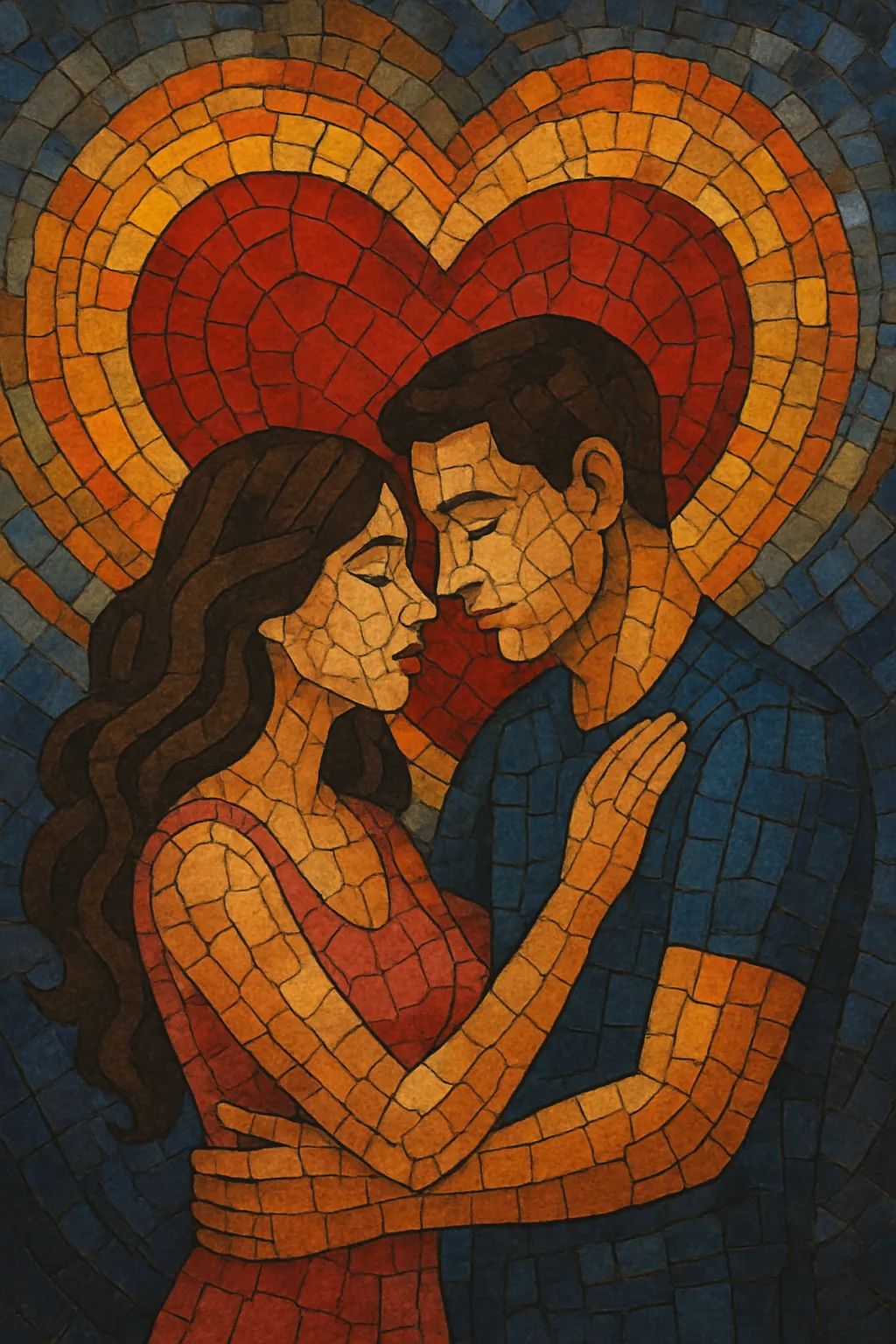Batidão romântico is a Brazilian dance-pop offshoot that blends the pounding “batidão” beat of the North/Northeast party circuit with highly emotive, romantic songwriting.
It sits at the crossroads of tecnobrega and brega calypso from Pará and the romantic strands of forró/arrocha from the Northeast, favoring bright synths, calypso-style guitars, and soaring vocal hooks about love, longing, and reconciliation. The result is an immediately danceable but sentimental sound that flourished at sound-system parties (aparelhagens) and later crossed into mainstream pop and regional radio.
Batidão romântico took shape in the 2000s within Brazil’s North and Northeast, especially in Pará’s tecnobrega and brega calypso scenes. Aparelhagem culture (large mobile sound systems) encouraged punchy, uptempo rhythms—"batidão"—that could move big dancefloors, while singers and bands held onto the romantic storytelling central to regional brega and forró romântico. Calypso-inflected guitar patterns, Eurodance-leaning synths, and DJ-driven arrangements coalesced into a sentimental yet high-energy style.
Throughout the 2010s, bands and vocalists associated with tecnobrega/brega calypso as well as forró eletrônico and arrocha enriched the formula: brighter synth leads, thicker drum-machine kicks, and call-and-response refrains designed for crowd singalongs. The style circulated widely via local radio, YouTube DVDs, and sound-system parties, cultivating a repertory of anthems about heartbreak, jealousy, and reunion—all delivered over an irresistible, driving beat.
In the 2020s, pop crossovers reignited national interest in the sound. Projects that paid homage to North/Northeast repertoires helped reframe batidão romântico as a contemporary pop option, while the rise of piseiro and digital-first distribution strengthened its reach beyond regional markets. The genre’s DNA—dancefloor power with romantic catharsis—remains its signature, even as production updates (tighter low end, modern synth presets, and pop-leaning toplines) keep it current.


